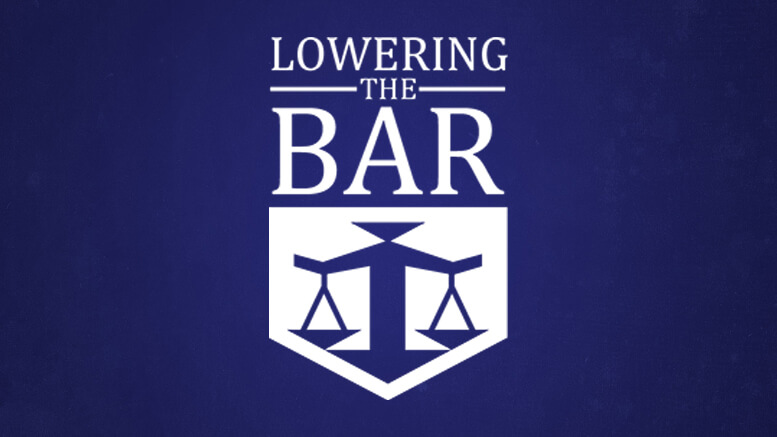That might be a slight exaggeration, but it does appear that the Exxon case, which has already been pending for nearly twenty years, will be around for a few more.
As many of you may know, earlier this year the Supreme Court ruled that the $2.5 billion punitive-damage award against Exxon resulting from the 1989 wreck of the Exxon Valdez was excessive as a matter of maritime law, a field in which the Court can mostly make up its own rules. Exxon Shipping Co. v. Baker, 128 S. Ct. 2605 (2008). After carefully analyzing rules previously made up by others, the Court decided that in maritime cases, punitive damages should not exceed the amount of compensatory damages, and accordingly it cut the award in the case before it to $507.5 million.
 Among the other useful facts that can be gleaned from the Court’s opinion: historically, the law imposed a "tenfold penalty for stealing the goat of a freedman." See Exxon, 128 S. Ct. at 2620 (citing Code of Hammurabi § 8 (R. Harper ed. 1904)). And you thought that third-year seminar on Babylonian tort law would never come in handy.
Among the other useful facts that can be gleaned from the Court’s opinion: historically, the law imposed a "tenfold penalty for stealing the goat of a freedman." See Exxon, 128 S. Ct. at 2620 (citing Code of Hammurabi § 8 (R. Harper ed. 1904)). And you thought that third-year seminar on Babylonian tort law would never come in handy.
Anyway, the Court’s decision did not end the case. Somebody noticed that it was still an open issue whether the interest on the judgment should be measured from the date of the original judgment (in 1996) or from the date the Supreme Court actually "awarded" the money (in 2008). Since the difference comes out to something like $400 million, I suppose this seemed like something worth revisiting. Ultimately, however, the Court decided not to decide, instead deciding to make the Ninth Circuit decide on remand. An attorney representing the plaintiffs has suggested, probably correctly, that no  matter how the lower court rules, the case will end up back in the Supreme Court yet again, well into its third decade of litigation.
matter how the lower court rules, the case will end up back in the Supreme Court yet again, well into its third decade of litigation.
In this artist’s conception, the last two human attorneys finally realize they are still on Earth, that the Exxon case has still not been fully resolved, and that they will have to ask for yet another continuance because they aren’t dressed for court.
Link: California Punitive Damages
Link: AP via TimesRecord News
